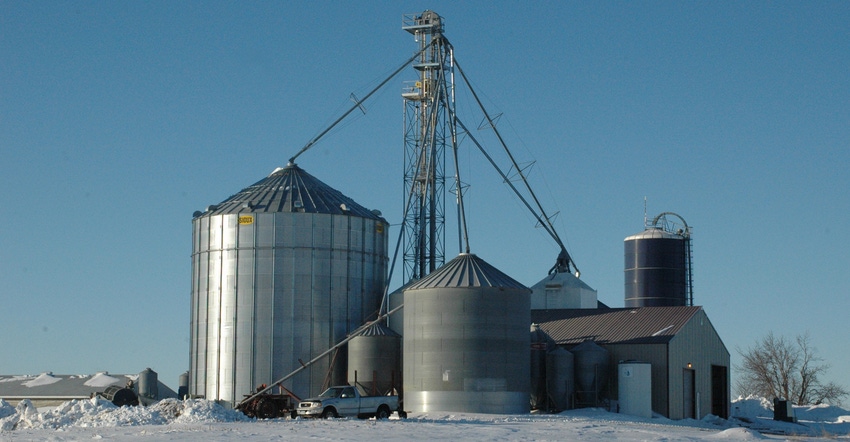February 25, 2019

USDA’s Agriculture Risk Coverage and Price Loss Coverage programs are continued in the 2018 Farm Bill. But there are some changes in how they operate.
One is the election between ARC-County (ARC-CO) and PLC by crop and for each Farm Service Agency number. In the 2014 Farm Bill, it was a one-time election that couldn’t be changed over the five-year period (2014 through 2018). In the 2018 Farm Bill, however, the initial election is for the 2019 to 2020 crop years. Beginning with the 2021 crop year, a farmer can change the ARC-PLC election annually through 2023. In all elections, the PLC program remains the default option.
A second major change is an option to update program yields for PLC. A farmer has a one-time option to do this, but the formula is somewhat complicated. It takes 90% of the average yield for the 2013 through 2017 crop years, excluding any crop year in which the yield was zero. Then it’s reduced by a ratio that compares the 2013 through 2017 national average yields per planted acre to the 2008 to 2012 national average yields.
Other changes in ARC-PLC
The new farm bill also includes changes in calculating yields for the ARC-CO program. Specifically, the plug yield is 80% of the transitional yield and is used in the ARC-CO calculations to replace yields in any year that are below that level.
For PLC, the statutory reference prices for covered commodities remain the same as in the 2014 Farm Bill. These prices are $3.70 per bushel for corn and $8.40 per bushel for soybeans. The new bill, however, includes an escalator known as effective reference price. The effective reference price permits the statutory reference price to increase up to 115% of the statutory reference price. It is calculated as 85% of the five-year Olympic Moving Average (OMA) of the national marketing year average prices.
The 2018 Farm Bill includes modified language regarding base acres. Specifically, it prevents payments on any base acres if all the cropland on the FSA farm was planted to grass or pasture during years 2009 through 2017. The base acres and program yields, for the farms affected by this provision, will remain on record with FSA, but payments will not be made on those acres and farms.
Note increase in USDA loan rates
The 2018 Farm Bill also increases the loan rates for the Marketing Assistance Loan (MAL) and Loan Deficiency Payment (LDP) programs. Since the 2002 Farm Bill, the national loan rates have been $1.95 per bushel for corn and $5 per bushel for soybeans. These loan rates will be adjusted higher for crops in most every county nationwide.
No one knows the exact timeline ahead for making ARC-PLC decisions. Rules for the farm bill still need to be written and approved by FSA sometime this winter or early spring. Then FSA staff will need to be trained, software developed, and enrollment forms created to assist with the 2019 and 2020 ARC-PLC election and the 2019 program enrollment.
ISU Extension will work with Iowa FSA to help with statewide meetings, workshops, newsletters, articles, Excel spreadsheets and web pages with timely podcasts and videos. It could be June before widespread public meetings on ARC-PLC programs involving FSA state and county staff takes place. This could be about the same time 2019 planted acreage certification takes place at local FSA offices.
Johnson is an ISU Extension farm management specialist. Contact him at [email protected].
About the Author(s)
You May Also Like






